Channel in a cloud
ecosystem
Highlights & benefits
- all components of the TV end-to-end workflow are in a cloud – broadcast traffic management, media asset management, and playout
- all components are integrated using open standards for broadcast data exchange
- the client needs no infrastructure to run an end-to-end workflow
- the channel can be fully operational in a few weeks from the project initiation, including integrations and setup of all components
- the solution is easily scalable to additional channels in no time
Use case description
The client operates a primary channel with a demand to build end-to-end station processes using cloud components. The client uses broadcast traffic management, media asset management, and Stream Circle playout platform in the cloud. The playout platform is used not only to play filed based media but also for live shows included in the channel playlist. The broadcast traffic management solution registers all content metadata and prepares plans and playlists with every detail, including secondary logos, announcements, subtitles, and dynamic graphics. Media asset management is used to process and store all clients’ media for the content registered in traffic management. The media metadata are replicated back to the traffic solution. The Stream Circle playout receives complete content metadata and playlists from the traffic management system via open BXF interfaces. Stream Circle media management uses this information to upload media files from the media asset management to the playout cloud storage area. The process of media ingesting and clean-up is fully automated.
Related business solution: Cloud solution
Related references

TVL, Norway
TVL is a cloud based experience, deployed into Amazon Web Services cloud ecosystem. Stream Circle acts as a playout, integrated with other systems with JSON and NDI protocols.

PBS Kids, South Africa
We provide a playout for PBS KIDS South Africa. We produce HD stream in Prague, delivering to UK-based satellite head-end for orbit delivery to South African kids. The system runs in two independent branches providing full protection for one component failure.